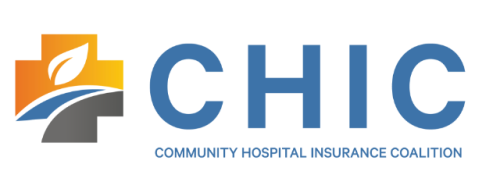IRS Finalizes Deadline Extension for Furnishing ACA Statements
Health Plans Must Provide Price Comparison Tool for 2023
Overview of the Family and Medical Leave Act
Complying With the FMLA Checklist
IRS Finalizes Deadline Extension for Furnishing ACA Statements
On Dec. 12, 2022, the IRS released a final rule that extends the annual furnishing deadlines for Sections 6055 and 6056 reporting under the Affordable Care Act (ACA). This rule finalizes guidance that was proposed by the IRS in December 2021 with minor clarifications. Specifically, the rule:
- Finalizes the 30-day automatic extension to the due date for furnishing statements to individuals under Sections 6055 and 6056.
- Confirms the availability of an alternate method for furnishing statements to individuals under Section 6055 for every year in which the individual mandate penalty is zero.
The due date for filing forms with the IRS under Sections 6055 and 6056 remains unchanged. This means that forms must generally be filed with the IRS each year by Feb. 28 (or March 31, if filing electronically).
Due to the 30-day automatic extension, employers have until March 2 (or March 1 in a leap year) to furnish ACA statements. The deadline for furnishing statements for the 2022 calendar year is March 2, 2023.
Also, because the individual mandate penalty is zero, employers with self-insured plans that are subject to reporting under Section 6055 may use the alternate method of furnishing statements to individuals. With this method, an employer must post a clear and conspicuous notice on its website stating that responsible individuals may receive a copy of their statement upon request. Employers must furnish statements within 30 days of when they are requested. For 2022 statements, this website notice must be posted by March 2, 2023, and must generally remain posted through Oct. 17, 2023.
Health Plans Must Provide Price Comparison Tool for 2023
Beginning in 2023, group health plans and health insurance issuers must make an internet-based price comparison tool available to participants. The purpose of this tool is to provide consumers with real-time estimates of their cost-sharing liability from different providers for covered items and services, including prescription drugs, so they can shop and compare prices before receiving care. Upon request, plans and issuers must also provide this information in paper form or over the telephone.
For plan years beginning on or after Jan. 1, 2023, plans and issuers must make price comparison information available for 500 shoppable items, services and drugs. For plan years beginning on or after Jan. 1, 2024, price comparison information must be available for all covered items, services and drugs.
Most employers will rely on their issuers or third-party administrators (TPAs) to provide this tool and provide related disclosures on paper or over the phone upon request.
Employers should confirm that their issuers and TPAs will comply with the price comparison tool requirements beginning with the 2023 plan year and ensure this compliance responsibility is reflected in a written agreement. In addition, self-insured employers should monitor their TPAs’ compliance with this requirement, as the legal responsibility stays with the employer.
Overview of the Family and Medical Leave Act
Complying With the FMLA Checklist

The Family and Medical Leave Act (FMLA) is a federal law that provides eligible employees of covered employers with unpaid, job-protected leave for certain family and medical reasons. In addition to providing eligible employees with leave for qualifying reasons, covered employers must maintain employees’ health benefits during leave and restore employees to their same (or equivalent) jobs after leave.
This checklist outlines key steps for employers to comply with the FMLA. Keep in mind that complying with the FMLA may involve additional steps depending on the facts of a specific situation. Also, many states (and some localities) have their own family and medical leave laws that provide broader leave protections to employees. Employers will need to comply with the FMLA and any applicable state and local leave laws.




